Kennedy Space Center, Fla., USA - May 05, 2011 - Today, as NASA celebrates the 50th anniversary of the first U.S. manned spaceflight at an event at the Kennedy Space Center, IBM (NYSE: IBM) is commemorating its team of mathematicians and technologists who supported the Project Mercury missions in the 1960s.
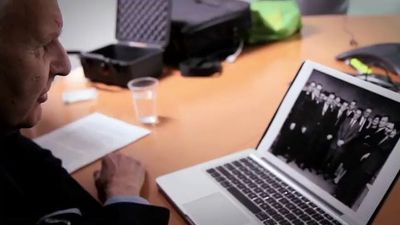 |
To celebrate the 50th Anniversary of Alan Shepard's flight into space, IBM scientist Arthur Cohen, who worked with NASA on the program, reflects on the preparation for and impact of this momentous event.
Courtesy of IBM / YouTube |
| |
Kennedy Space Center, Fla., USA - May 05, 2011
Today, as
NASA celebrates the 50th anniversary of the first U.S. manned spaceflight at an event at the Kennedy Space Center, IBM (NYSE: IBM) is commemorating its team of mathematicians and technologists who supported the
Project Mercury missions in the 1960s.
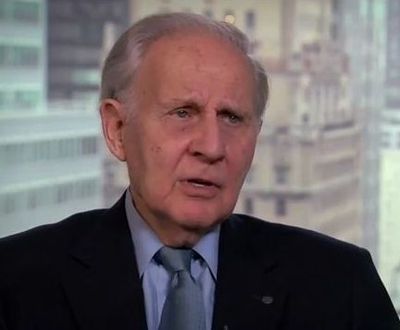 |
Professor Arthur Cohen, Former Manager for IBM Space Computing Center.
Courtesy of IBM / YouTube |
| |
In a video released by IBM, Professor Arthur Cohen, the mathematician who led IBM's team that supported Project Mercury, recounts Alan Shepard's flight into space and the role of technology in the mission:
http://www.youtube.com/watch?feature=player_embedded&v=9iRULL7PA0U
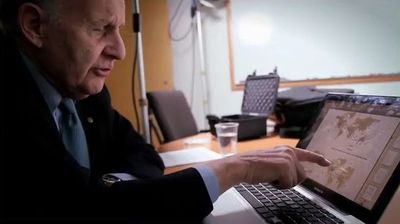 |
To celebrate the 50th Anniversary of Alan Shepard's flight into space, IBM scientist Arthur Cohen, who worked with NASA on the program, reflects on the preparation for and impact of this momentous event.
Courtesy of IBM / YouTube |
| |
"Alan Shepard was the bravest of the brave and his flight ushered in America's space age," said
Professor Arthur Cohen.
"The IBM team had the honor of applying computing power and mathematics to support Project Mercury to provide real-time data to NASA Mission Control. We experienced an unforgettable sense of excitement when Alan Shepard safely accomplished his mission. I will forever remember May 5, 1961 and the incredible team of NASA and IBM men and women I had the opportunity to work with."
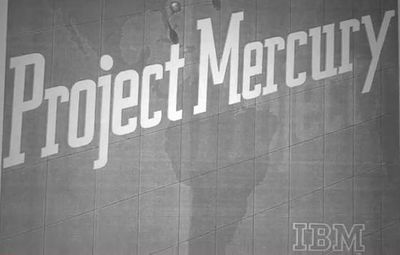 |
| Courtesy of IBM / YouTube |
| |
While people around the world were on the edge of their seats on May 5, 1961, the IBM team was counting on the technology they had developed to track the spacecraft and provide real-time information to Mission Control.
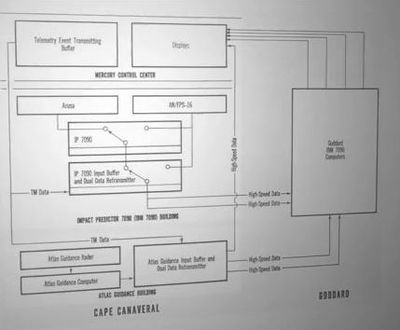 |
| Courtesy of IBM / YouTube |
| |
IBM worked to address the unique data processing challenges presented by the real-time information requirements of NASA's Mercury mission.
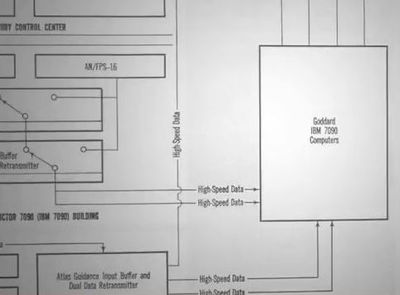 |
| Courtesy of IBM / YouTube |
| |
The team developed a "real-time channel" called the IBM 7281, which could receive up to 1,000 bits of data per second - a breakthrough innovation at the time.
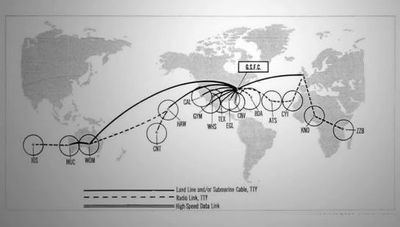 |
| Courtesy of IBM / YouTube |
| |
They also
developed advanced programs and mathematics to analyze incoming data and provide "mission critical" information to NASA flight controllers throughout the space flight for evaluation and necessary action.
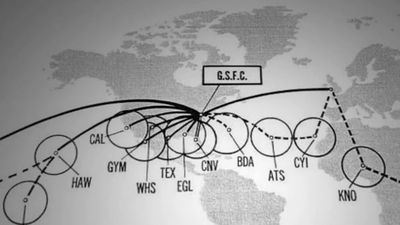 |
| Courtesy of IBM / YouTube |
| |
Their work represented the
early days of real-time and
predictive analytics, which
today is a major growth initiative for IBM.
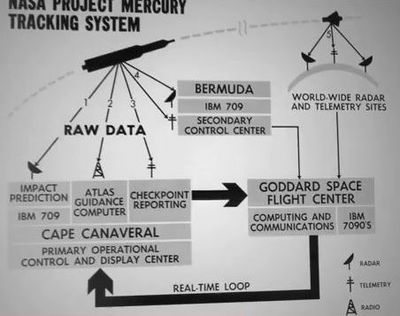 |
| Courtesy of IBM / YouTube |
| |
Even then, as it is today, IBM was in the business of making sense of data.
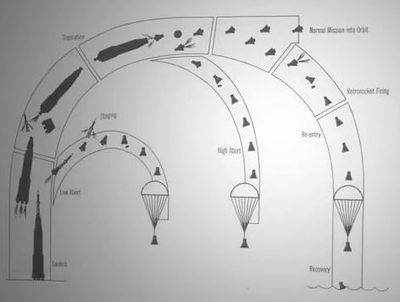 |
| Courtesy of IBM / YouTube |
| |
To provide real-time information to Mission Control, the IBM team installed and maintained three large-scale computers which funneled all flight information:
two 7090 transistorized computers located at
Goddard Space Flight Center in Greenbelt, Maryland and a
709 computer in Bermuda.
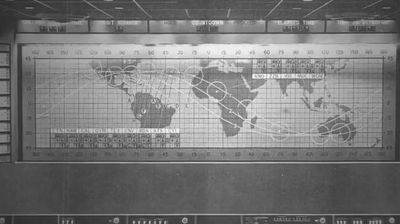 |
| Courtesy of IBM / YouTube |
| |
The two IBM 7090 computers determined powered flight trajectory parameters and the present position of the spacecraft.
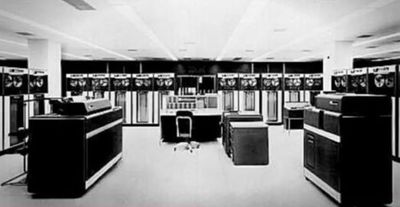 |
| Courtesy of IBM / YouTube |
| |
They predicted future spacecraft position and transmitted continuous data for display at Mission Control throughout the flight.
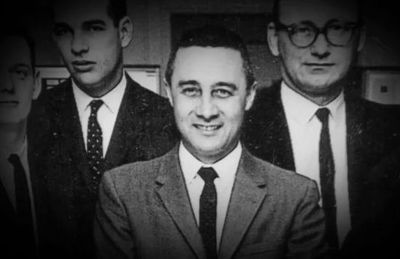 |
| Courtesy of IBM / YouTube |
| |
The IBM 709 computer calculated normal orbital flight information in addition to its most important function -
determining trajectory dynamics during the critical launch and early orbit phase.
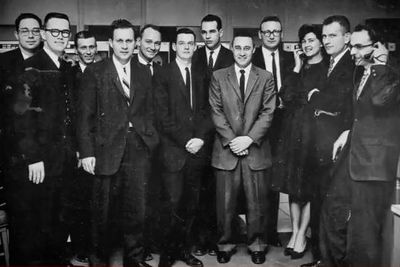 |
| Courtesy of IBM / YouTube |
| |
The 709 computer analyzed data from local radar and telemetry sources in real-time.
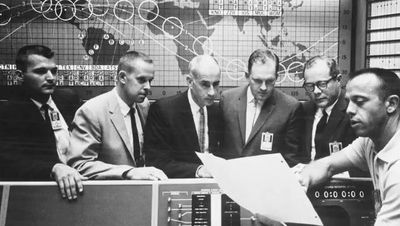 |
| Courtesy of IBM / YouTube |
| |
IBM's work on Project Mercury helped lay the foundation for the company's work on NASA's Gemini and Apollo space missions and how
businesses and
governments exploit data today -
from air traffic control systems to online travel reservations.
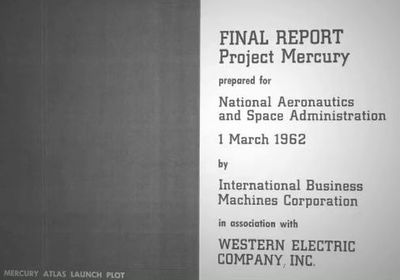 |
| Courtesy of IBM / YouTube |
| |
About IBM and the U.S. Space Program
As IBM celebrates its Centennial this year, the company's work with the U.S. Space program is being celebrated as one of the top 100 milestones in its 100 year history.
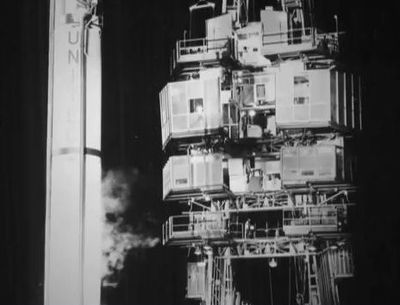 |
| Courtesy of IBM / YouTube |
| |
IBM's involvement in helping to progress the exploration of space has spanned nearly six decades.
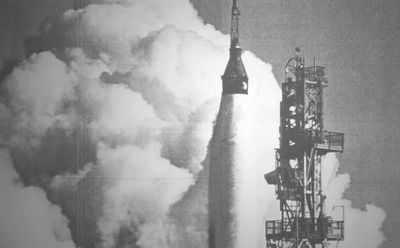 |
| Courtesy of IBM / YouTube |
| |
IBM acquired the skills and invented the tools needed for
space flight over a
30 year period stretching back to the
1940s.
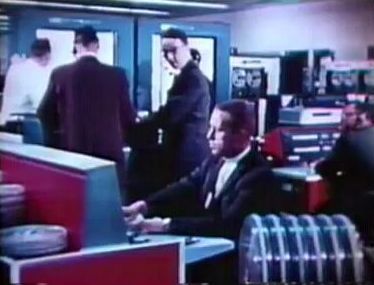 |
| Courtesy of IBM / YouTube |
| |
In the late 1950s, the Naval Research Laboratory employed an IBM 650 computer to solve the orbital math needed to launch small satellites.
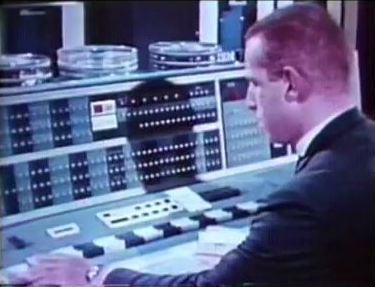 |
| Courtesy of IBM / YouTube |
| |
Helping humankind make it to the moon, 4,000 IBM employees built the computers and wrote many of the
complex software programs that
launched the Apollo missions and
guided astronauts safely back to Earth.
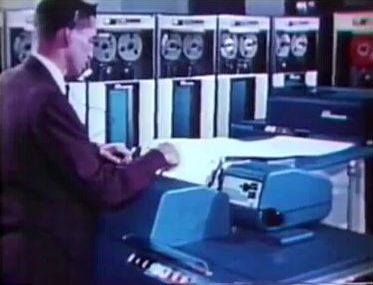 |
| Courtesy of IBM / YouTube |
| |
For more information about IBM's role in the U.S. space program - including rare original videos - visit
www.ibm100.com
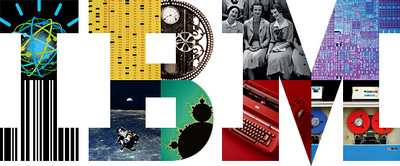 |
IBM is marking the 100-year anniversary of its founding on June 16, 1911, with a year-long global initiative.
The company will reexamine the history of technology innovation and predict where the world will be in the next 100 years. IBM will use this milestone to engage with business leaders, academia, clients, and local communities in the 170 countries the company does business.
Courtesy of IBM |
| |
Contacts information
Lisa Lanspery
IBM Media Relations
914-499-6532
lisalanspery@us.ibm.com
Jennifer Galitz McTighe
IBM Media Relations
917-499-8123
galitz@us.ibm.com
Source: IBM
http://www-03.ibm.com/press/us/en/pressrelease/34449.wss
Video
IBM Technology Helps NASA Propel First American in Space
http://www.youtube.com/watch?feature=player_embedded&v=9iRULL7PA0U
Video
IBM Centennial Film: 100 X 100 - A century of achievements that have changed the world
http://www.youtube.com/watch?feature=player_embedded&v=39jtNUGgmd4
ASTROMAN magazine

